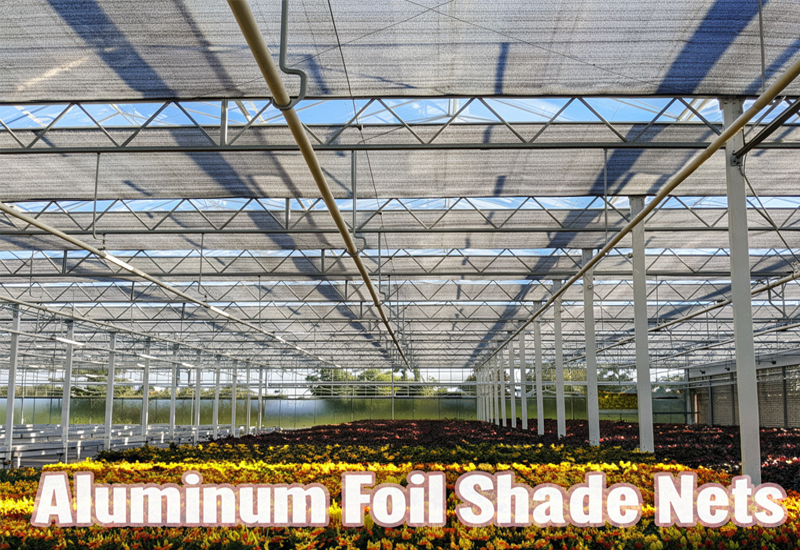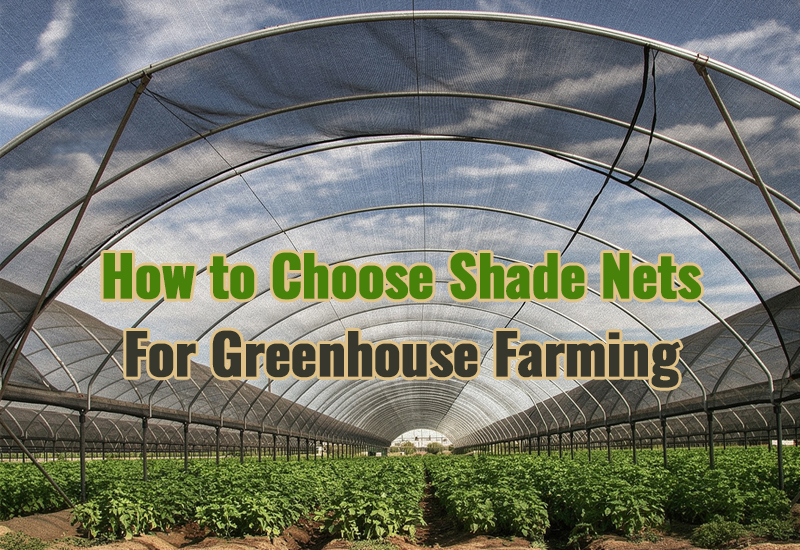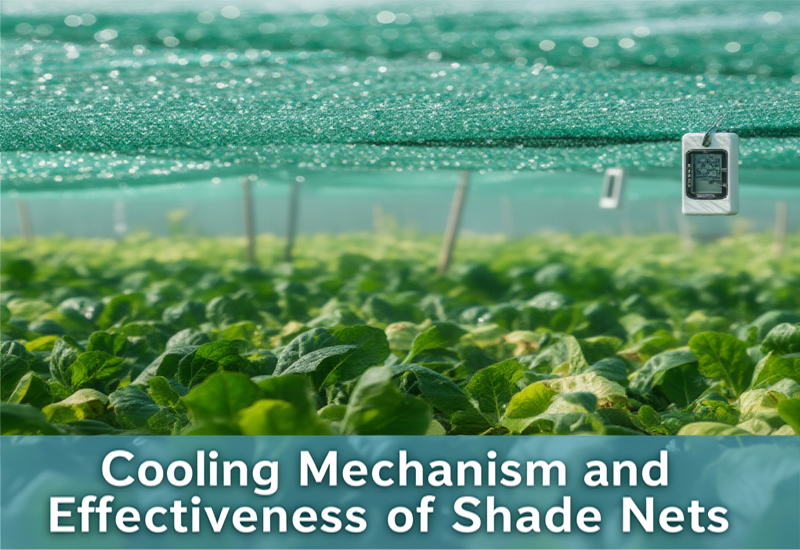Introduction
Keeping crops healthy starts with keeping pests out. In modern agriculture, insect-proof nets have become an essential line of defense—helping farmers reduce pesticide use, protect yields, and maintain a cleaner growing environment.
If you’re planning to install or upgrade insect nets for your greenhouse or farmland, this guide will walk you through the key materials, installation tips, and maintenance practices to make sure your investment lasts.
Choosing the Right Material and Mesh Size
Not all insect-proof nets are created equal. The best choice depends on your target pests and usage environment.
Material Options
1. Stainless Steel — Extremely durable, corrosion-resistant, and ideal for long-term outdoor installations in humid or coastal regions.
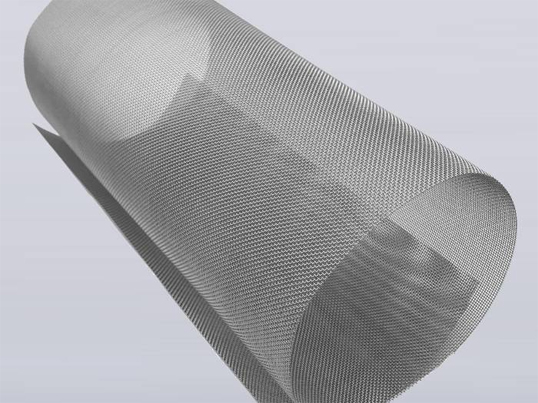
2. Plastic (PVC or PET) — Lightweight and flexible, suitable for both greenhouse and field applications.
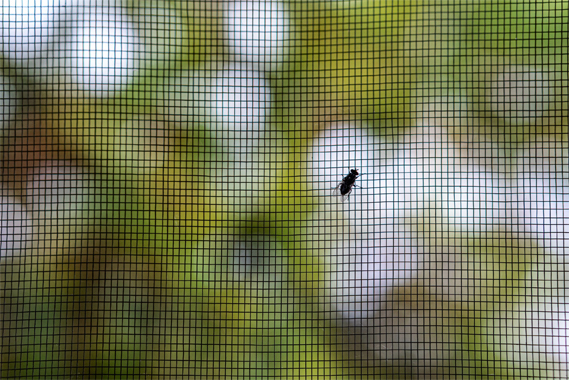
3. Polyethylene (PE) — The most popular agricultural option thanks to its affordability, UV resistance, and balance of strength and ventilation.

Mesh Size Matters
Selecting the proper mesh size is crucial.
● For tiny insects such as mosquitoes or fruit flies, use 1–2 mm mesh.
● For larger pests like moths or small rodents, a 5–6 mm mesh is typically enough.
Remember: finer mesh offers better protection, but it may slightly reduce airflow. The key is finding a balance between ventilation and defense.
Step-by-Step Installation Tips
A well-installed insect-proof net not only improves pest control but also enhances overall greenhouse ventilation efficiency.
1. Measure Carefully
Record the length and width of each window, door, or vent area to ensure complete coverage.

2. Cut Precisely
Use sharp scissors or a blade to trim the net according to your measurements—avoid uneven edges that could leave gaps.
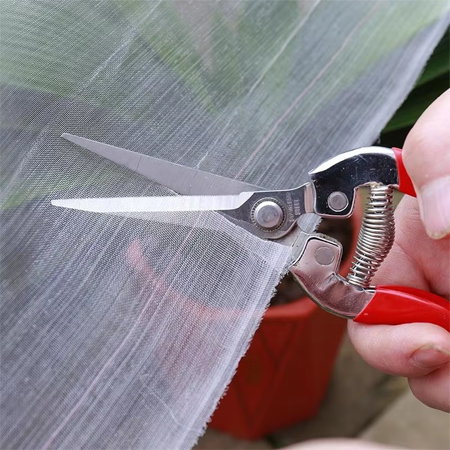
3. Secure Firmly
● For temporary setups, use strong adhesive tapes or Velcro strips.
● For permanent fixtures, fasten the net using screws, clips, or fixing cords to prevent wind displacement.

Good installation ensures not only pest protection but also prevents accidental tearing or sagging during high winds.
Maintenance for Long-Term Performance
Even the toughest insect nets require periodic care.
● Inspect Regularly: Look for small tears or deformations, especially after storms or intense sunlight exposure.
● Clean Gently: Use a soft brush or rinse with mild detergent to remove dust, mud, or insect residues. Avoid harsh chemicals that could weaken the fibers.
● Replace When Necessary: A damaged net can quickly compromise the entire system’s efficiency—timely replacement saves both crops and cost.
Why It Matters
Properly selected and maintained insect-proof nets act as a natural pest barrier—reducing the need for chemical pesticides while promoting a healthier growing ecosystem.
They help maintain optimal air circulation, light transmission, and temperature balance, ensuring stronger crops and higher yields year-round.
As sustainable agriculture becomes a global focus, investing in quality insect-proof nets is one of the simplest, most effective ways to protect your farm for the future.


